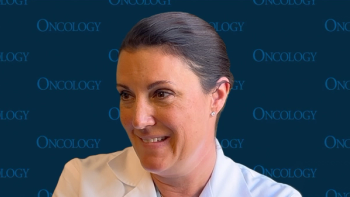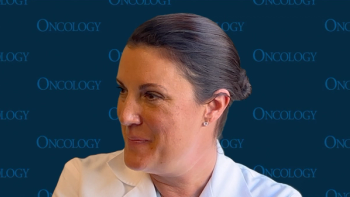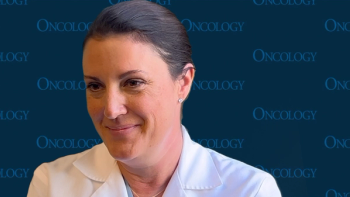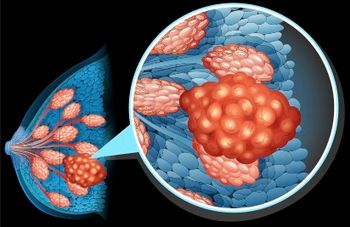
- ONCOLOGY Vol 15 No 9
- Volume 15
- Issue 9
New Ultrasound Technique Provides Clear Look at Hard- to-Diagnose Breast Cysts
A new ultrasound technique called breast harmonic imaging can be successfully used to diagnose hard-to-see breast cysts,
A new ultrasound technique called breast harmonic imaging can be successfully used to diagnose hard-to-see breast cysts, thus eliminating the need for some biopsies,according to a study presented at a recent American Roentgen Ray Society meetingheld in Seattle, Washington.
The studywhich involved 30 patients with 117 breast cystsfound thatharmonic imaging provides higher resolution and better detail of small cysts orcysts that are deeper in the breast than can be detected by conventionalultrasound, said Derek Muradali, MD, of the University Health Network and MountSinai Hospital in Toronto, Canada.
Patients in the study underwent a conventional ultrasound examination and aharmonic imaging examination. Two radiologists reviewed the conventionalultrasound images and the harmonic images and found that the harmonic imageswere "superior to conventional ultrasound" in 80% of cases. Theradiologists did not know which images were conventional or harmonic when theymade their assessment.
Future Standard of Care?
"Harmonic imaging is now available on some ultrasound machines, and wesimply flip a switch on the machine to change to the harmonic image," saidDr. Muradali. Harmonic imaging has been used in the past, but it is onlyrecently that the linear transducers used in breast ultrasound have becomeavailable for use in harmonic imaging.
Harmonic imaging will likely become the standard of care for patients withcysts that are difficult to diagnose with conventional ultrasound, said Dr.Muradali. "In the past, we’ve been obliged to biopsy small cysts or thosedeep in the breast, because conventional ultrasound hasn’t provided the detailneeded to accurately diagnose them. Harmonic imaging provides us with the meansto avoid doing those biopsies." This saves the patient and the physiciantime, effort, and money, said Dr. Muradali.
Articles in this issue
over 24 years ago
Patients’ Bill of Rights Good News Either Wayover 24 years ago
New Joint FDA/NCI Cancer Programover 24 years ago
NCI Considers Lung Cancer Trialover 24 years ago
Considerations in the Diagnosis and Management of Brain Metastasesover 24 years ago
Prostate Cancer in the Older Manover 24 years ago
Selective Estrogen-Receptor Modulators in 2001over 24 years ago
Current Clinical Trials of Epothilone B Analog (BMS-247550)Newsletter
Stay up to date on recent advances in the multidisciplinary approach to cancer.


















































































